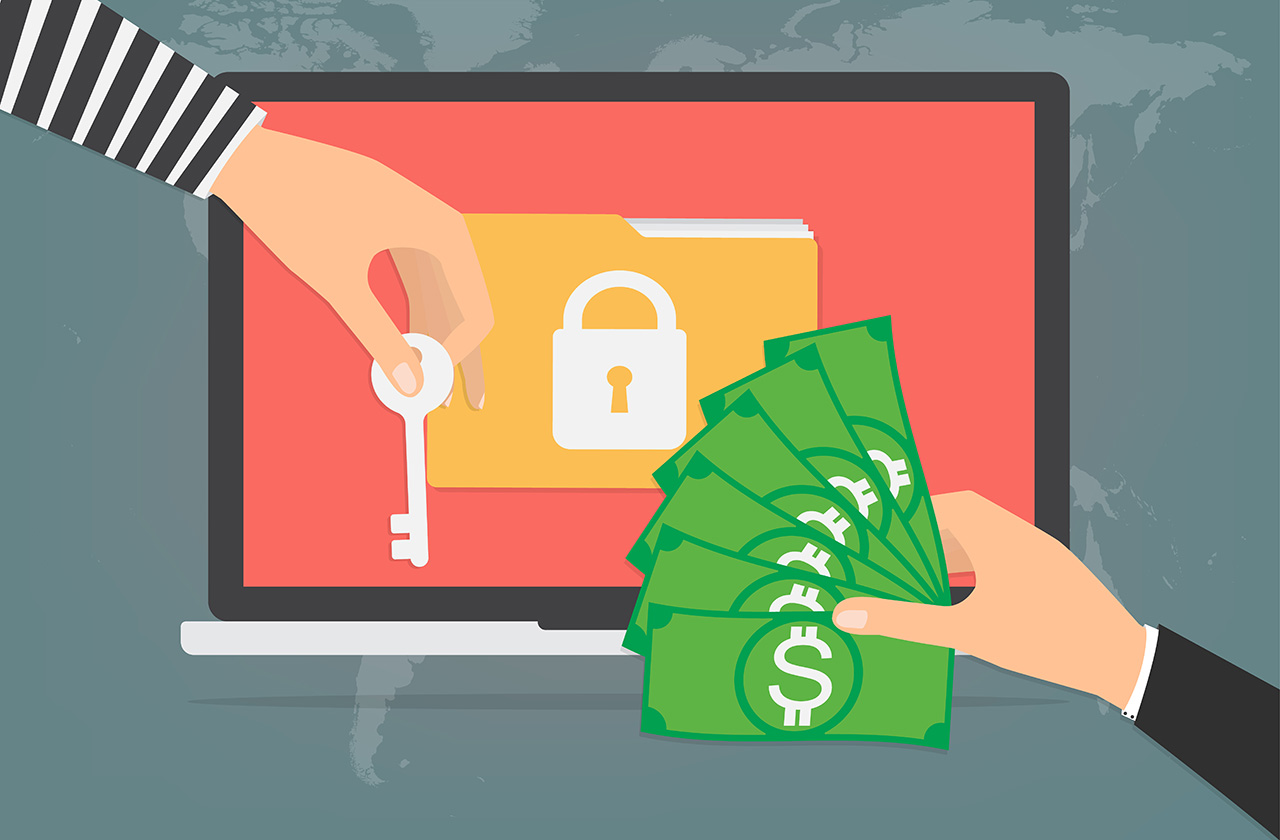
With the ever increasing rise in cyber security attacks, PC users are becoming more vigilant. However, do they know what they should be wary of in 2017?
The IT security landscape is constantly changing, so what may be considered a contemporary threat one year, may soon fall into obscurity as defenses improve. However, certain security threats seem to be becoming more and more prevalent. Therefore, it’s make sense to acquaint yourself with the most likely attacks you’re going to experience in the near future.
And, as luck would have it, I’ve decided to take a quick look at the biggest IT security threats coming in 2017.
Ransomware made big headlines in 2016, but far from being swiftly dealt with, it’s expected that ransomware attacks are going to rise in 2017. With the source code for ransomware software becoming readily available online, it’s encouraged hackers to become competitive and improve on each other’s brand of ransomware. When this is coupled with the relative ease that ransomware can generate revenue for the hacker, it’s no surprise that more and more attacks are on their way.
Big Data Causes More Risk
Big Data is causing huge ripples throughout the business community as it’s an approach which is focusing IT efforts on analyzing large sets of data to improve operations. However, as big data is so new, the business community doesn’t yet know how to marshal it efficiently.
With such huge data sets being openly shared between departments and businesses, the security of this data is being severely compromised. This presents a severe problem if security is breached due to the large amount of data at risk. Big Data needs to be correctly controlled and access restricted otherwise it will be in the headlines for all the wrong reasons.
Business Email Compromise (BEC) Scams
BEC scams hit businesses all over the world last year and some high profile names fell victim to this straightforward scam. By sending emails purporting to be from company CEOs, hackers have been able to con employees in to sending out either sensitive information or, in extreme cases, transfer bank funds. And, with pay outs from BEC scams reaching as high as $140,000, hackers are going to maximize their efforts on this simple and easy attack this year.
Internal Threats to Increase

Hackers are well aware that IT security teams are gradually getting better at blocking their attempts to infiltrate their defenses, so that’s why the hackers are turning to those on the inside. Sometimes this literally means teaming up with an employee on the inside to facilitate the theft of data. However, this inside threat can sometimes be the result of blackmail following the hacking of an employee’s social media account and the threat of revealing personal information. This is a difficult form of hacking to combat, but reinforces the need of good employee education on IT security in and out of the workplace.
For more ways to secure and optimize your business technology, contact your local IT professionals.
Read More







